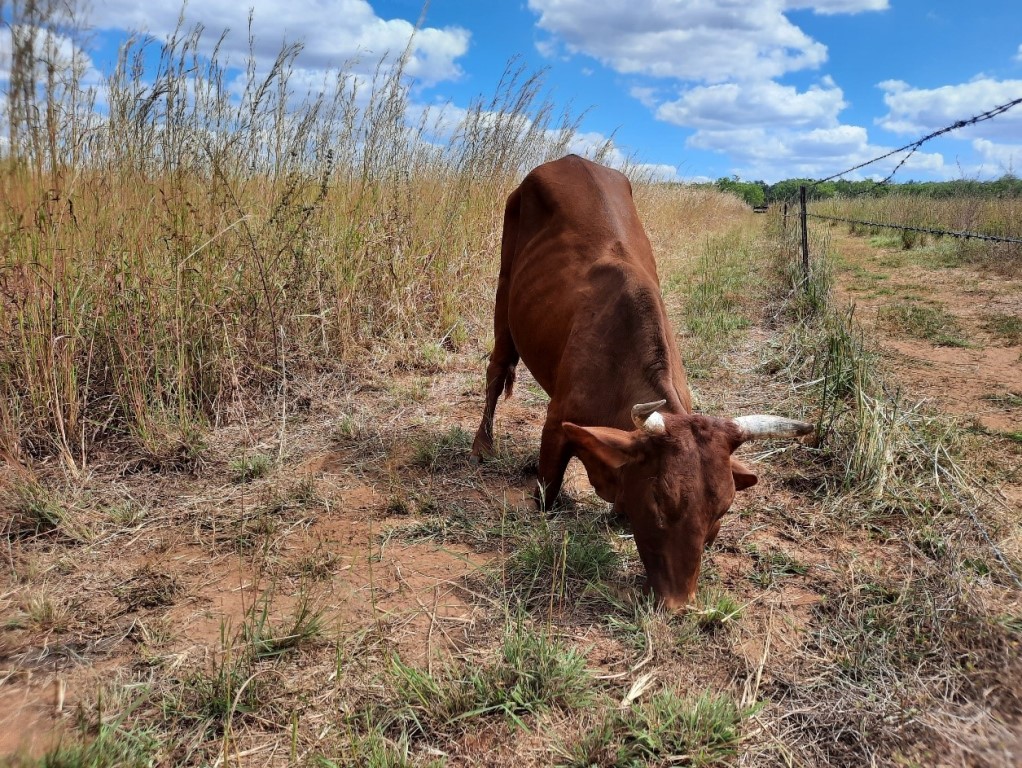Case report: Lead toxicity in a Brahman cow
Lead toxicity was diagnosed in a pregnant Brahman cow on a small farm in the Coomalie Shire region.
She presented with neurological signs including inability to rise, head pressing and blindness. A post mortem was performed and blood and tissue samples, including the brain, were taken. Common causes of neurological signs in cattle can include lead poisoning, TSE (mad cow disease), early stage tetanus, late stage botulism, brain infections, polio-encephalomalacia, and other poisonings such as salt, mercury or arsenic.
The owner was instructed to search the property for any potential sources of lead, such as disposed or burnt car batteries, dump sites contaminated with lead-lined pipes, sump oil, lead shot or equipment/furniture coated in lead-based paint. In this case, it was determined that 2 of the cattle from the herd had entered the house yard where a discarded burnt battery was located.
The cow in question produced extremely high positive blood lead levels. The remaining 32 cattle in the herd were bled and returned normal blood results.
Cattle exposed to lead are put under restrictions to ensure they don’t enter the food chain and pose a risk to human health. The restrictions include placing a lead status against the animal’s National Livestock Identification System (NLIS) device on the NLIS database that triggers an alert when the animal is moved to another property, slaughter or export yard.
Department of Industry, Tourism and Trade (the department) livestock biosecurity officers and field veterinary officers are able to provide support and advice on herd management in the event that lead exposure is detected.
Prevention of lead poisoning involves good waste management strategies such as fencing off metal dumps, careful disposal or burial of lead batteries, prevention of access to areas with lead paint and provision of appropriate nutrition and supplementation.

More information
Contact a department livestock biosecurity officer if lead exposure is detected in cattle.
